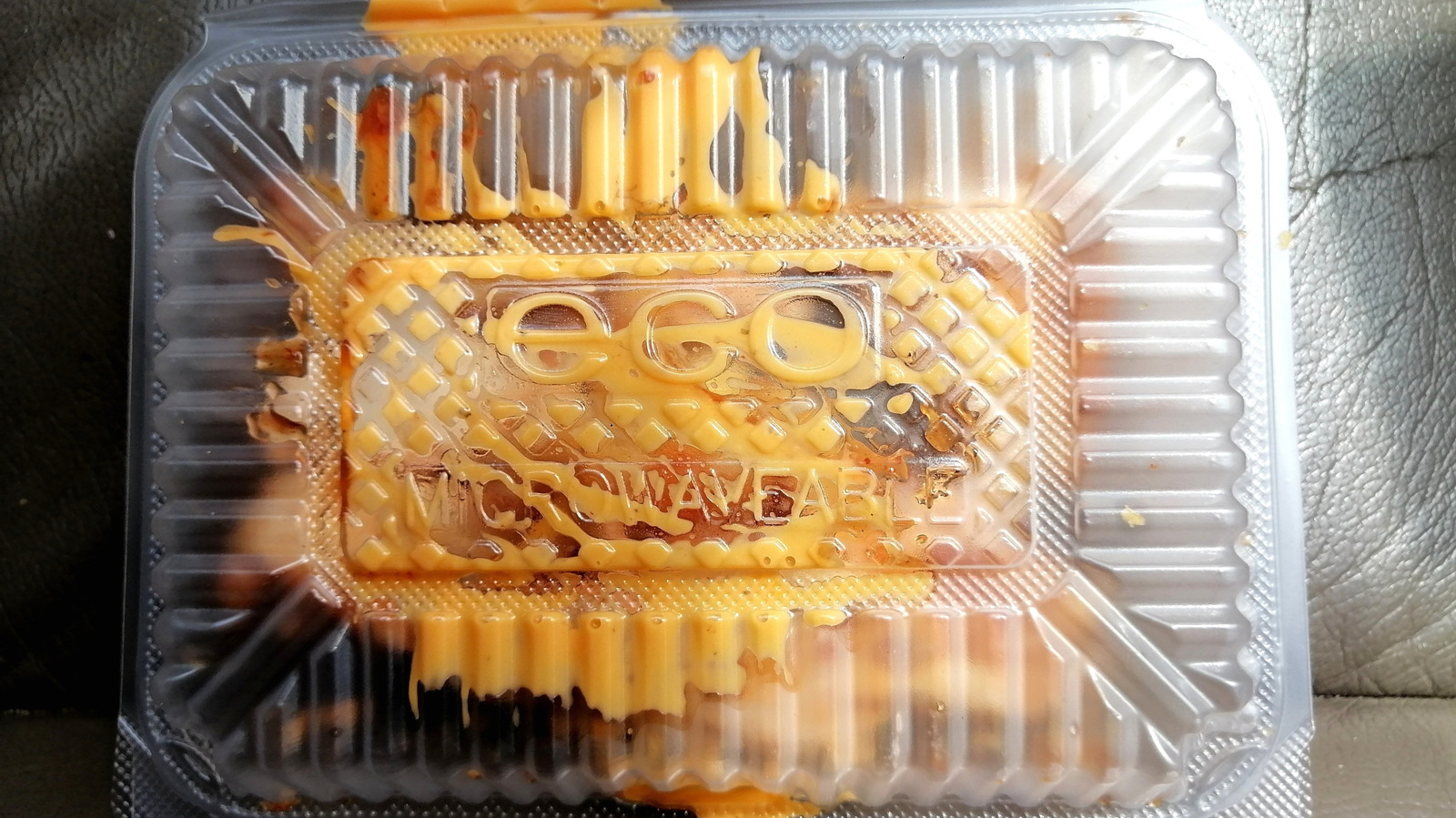
"Microwave safe simply means that the material won't melt, crack, or warp in high heat produced by a microwave, which can reach up to 212 degrees Fahrenheit. As long as the container remains intact, you're technically in the clear. The term doesn't account for less visible risks. From a regulatory standpoint, there's no universally enforced standard for what makes a container safe for the microwave. Container makers often decide for themselves whether the product merits the label."
"When it comes to human health, there is nothing safe about putting plastic in the microwave. According to The American Journal of Medicine, plastic containers often contain phthalates and bisphenol-A (BPA), harmful hormone disrupting chemicals that may be released into your food after heating up in the microwave. For this same reason, you should stop using those vintage plastic containers from your grandma."
Microwave-safe labeling indicates only that a container will not melt, crack, or warp under microwave heat, not that it is chemically inert or safe for food. No universally enforced regulatory standard defines microwave safety, and manufacturers often self-determine the label. Plastic containers can contain phthalates and bisphenol-A (BPA), which can migrate into food when heated. Microwaving certain plastic containers can release millions to billions of micro- and nanoplastic particles within minutes, and exposure to such particles has been linked to significant cell damage in laboratory tests. Prefer glass or ceramic for reheating and discard old plastic containers.
Read at Tasting Table
Unable to calculate read time
Collection
[
|
...
]